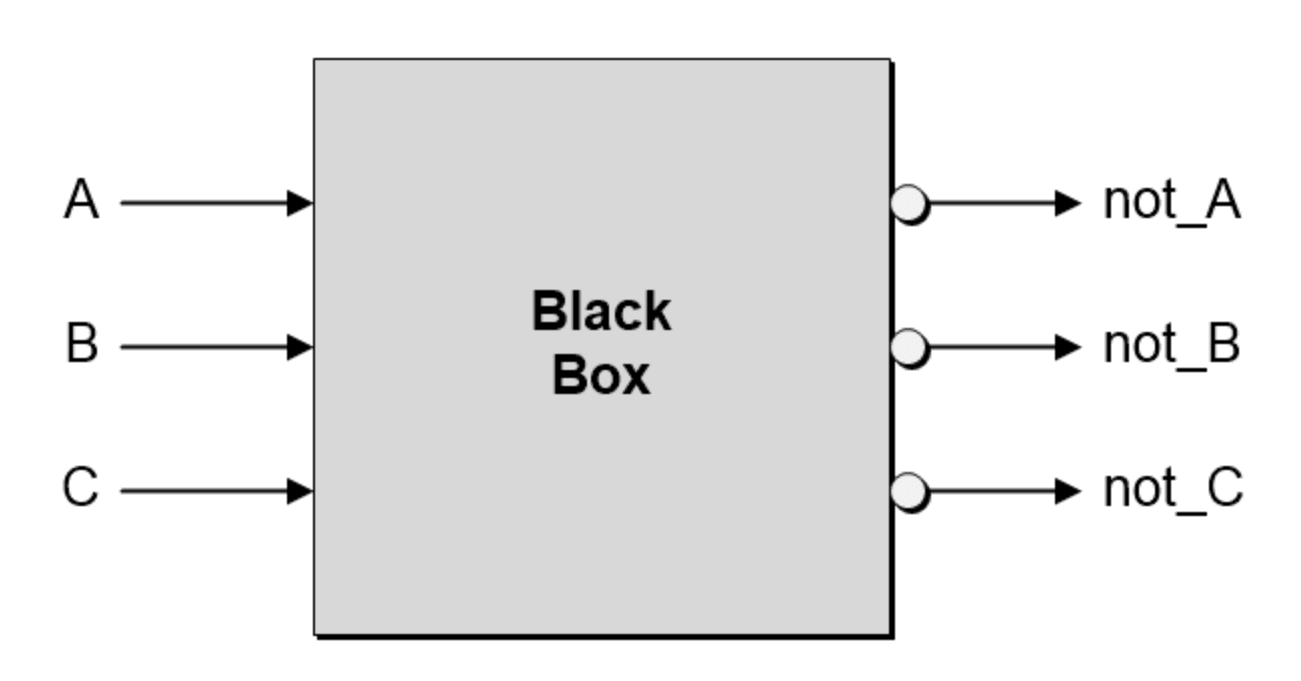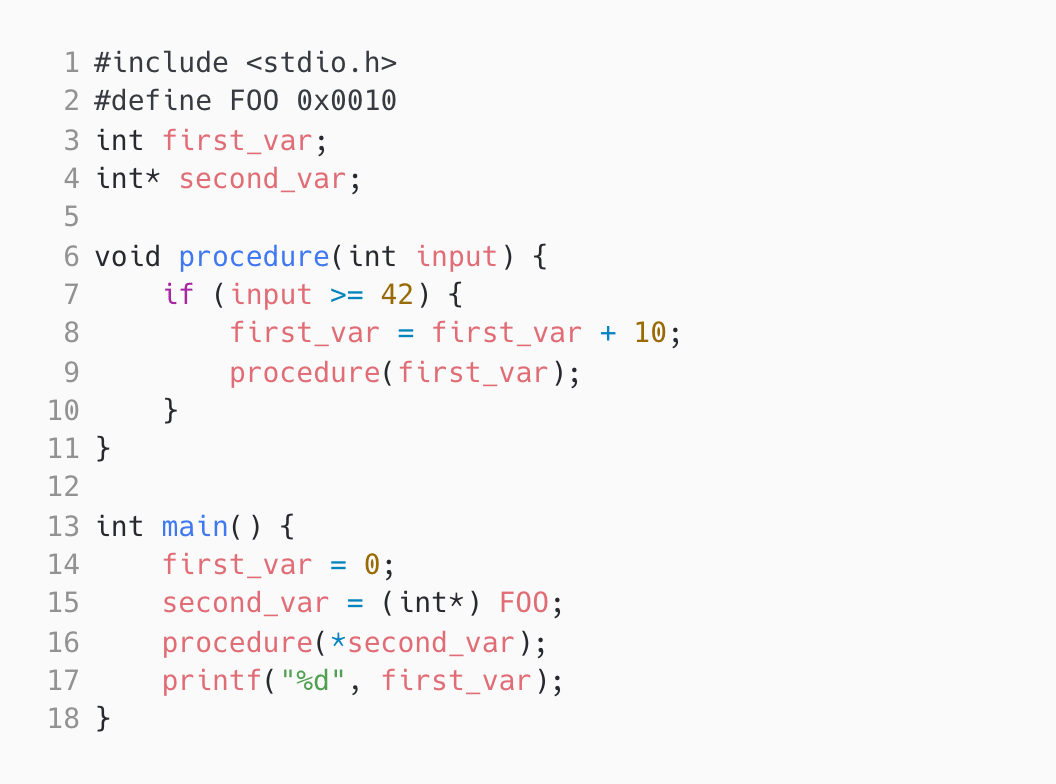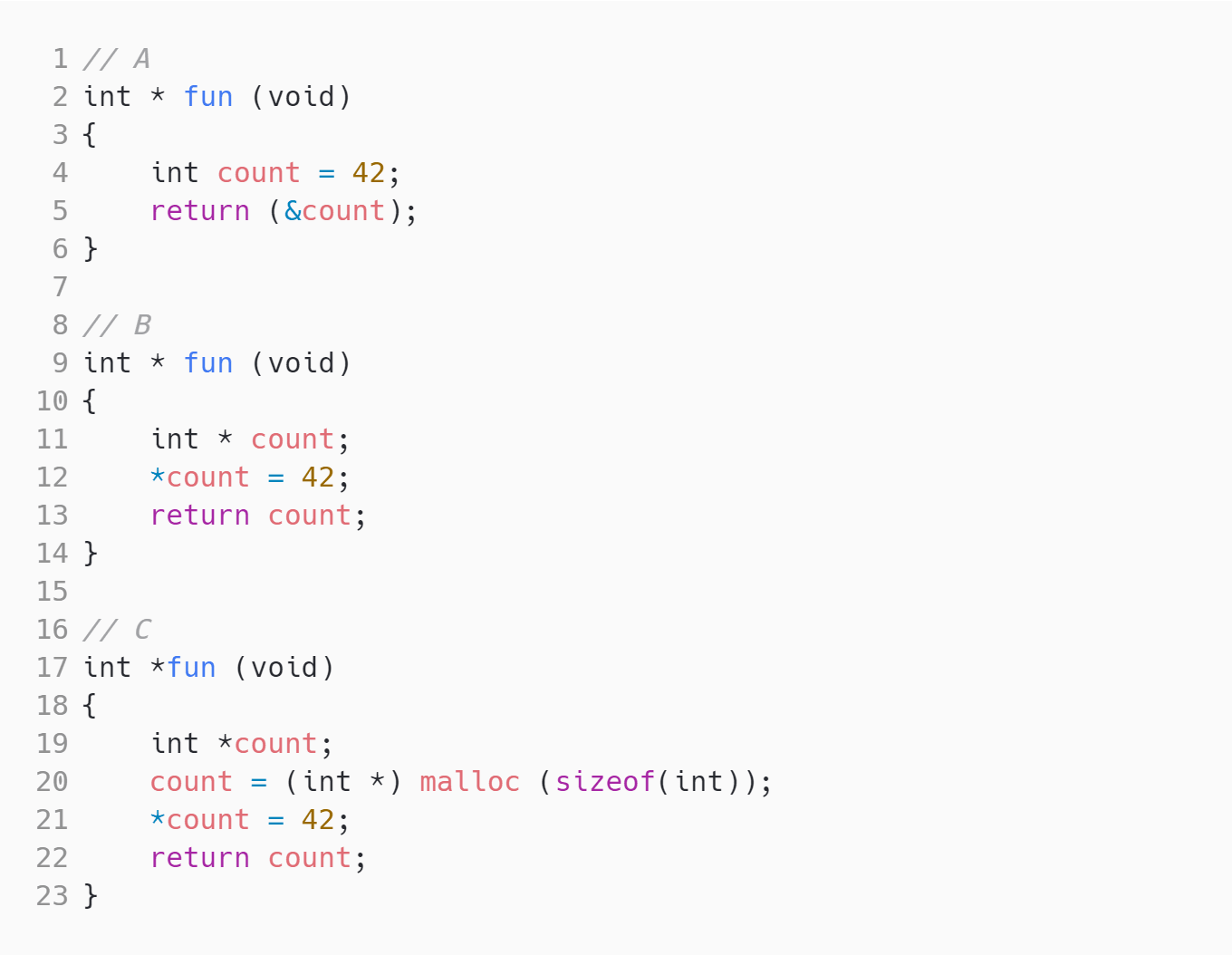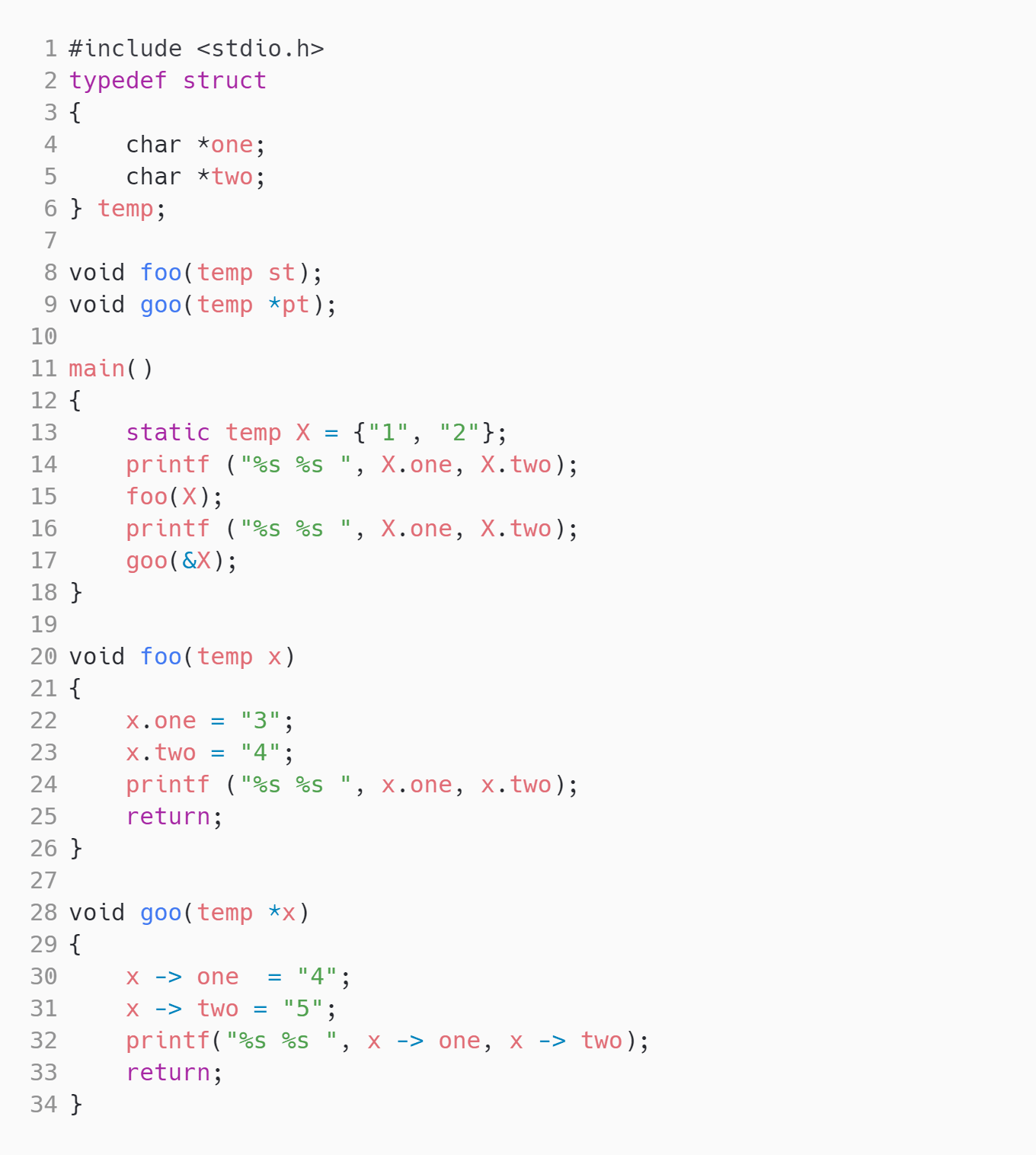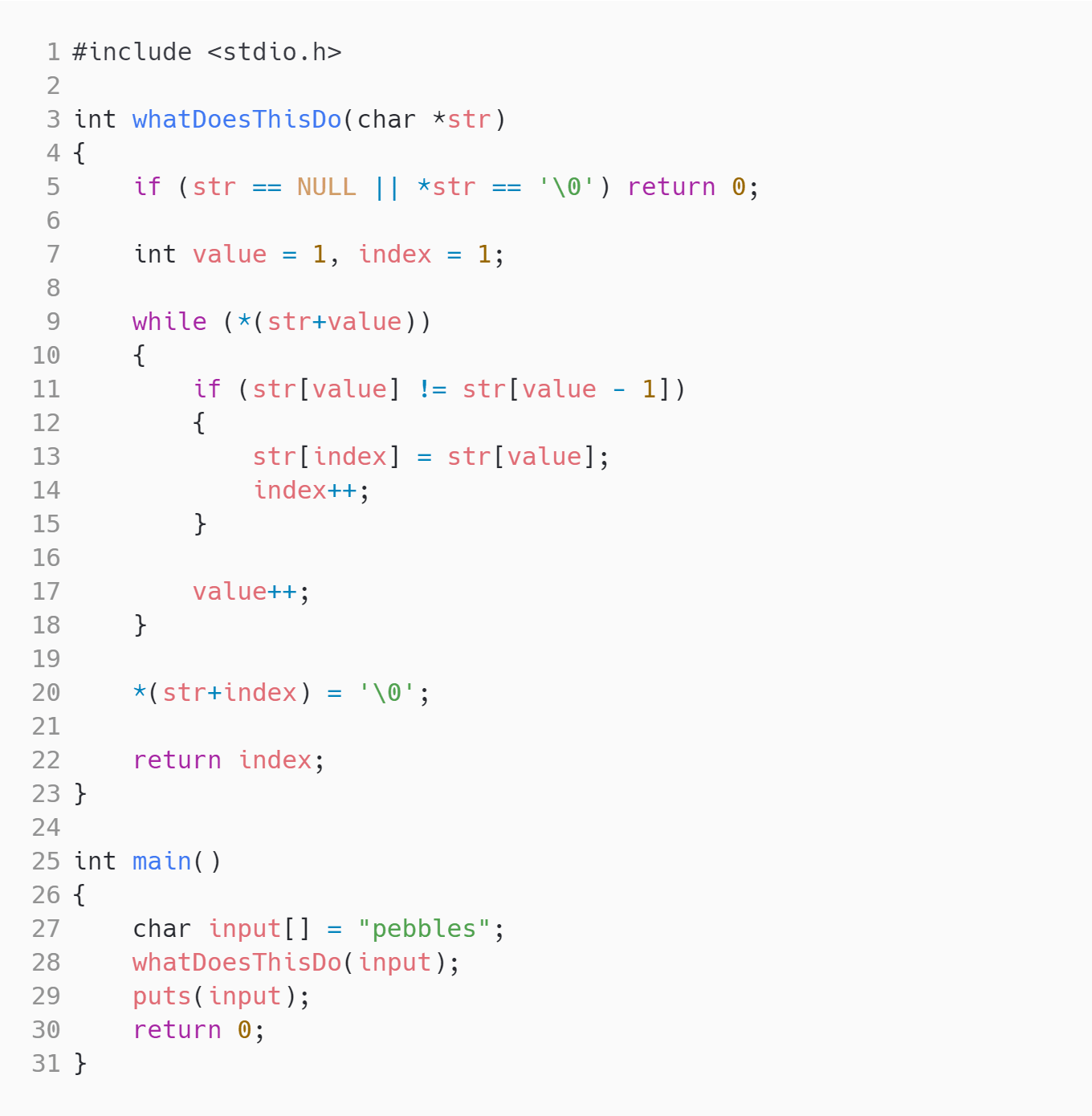C basics: Understanding variables, data types, declarations, and functions in C is essential for embedded C programming as it forms the foundation for writing efficient and optimized code.
Embedded C basics: Mastering registers, directives, and drivers in embedded C is crucial for controlling and interacting with hardware components such as microcontrollers and peripherals.
Pointers: Pointers are a powerful feature in C that enable manipulation and access to memory addresses. Knowledge of pointers with arrays, structures, and unions is important for memory management and efficient data handling.
Bit Operations: Bit operations involve packaging and unpacking data at the bit level, as well as performing various bit manipulations such as setting, clearing, or toggling specific bits. This skill is significant in embedded systems where memory and computational resources are limited.
I/O in C and correlations in embedded systems: Understanding input/output operations in C and how they relate to embedded systems is crucial for developing real-time applications and efficient communication between hardware and software components.
Object-Oriented principles: Knowledge of object-oriented principles like polymorphism, inheritance, and encapsulation allows for the development of reusable and modular code, enhancing code organization and maintainability.
Internals of assembler and compiler: Understanding the internals of the assembler and compiler provides insights into the compilation process and enables optimization of code for better performance and efficiency.
Debugging and error handling: Proficiency in debugging techniques and error handling is crucial for troubleshooting and identifying and resolving issues in embedded C programs, ensuring reliable and robust applications.
Compiler optimization: Knowing how to optimize code using compiler-specific features and options enables the generation of faster and more efficient binaries, leading to improved performance in embedded systems.
Cross-compiling toolchains: Knowledge of cross-compiling toolchains is essential for developing software on one platform and generating executables for another platform, which is common in the embedded systems domain.
Header protection: Understanding header protection techniques helps prevent issues like multiple inclusion and conflicts between header files, ensuring cleaner and more manageable code in embedded C projects.
Booting sequence: Familiarity with the booting sequence of embedded systems is important for understanding the system startup process, initializing hardware components, and executing the main application code.



















